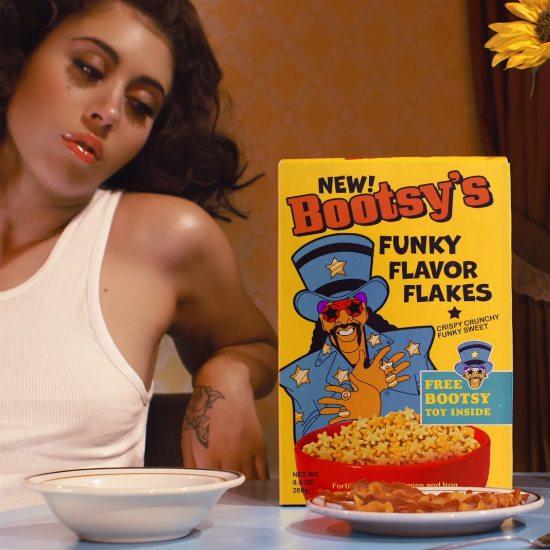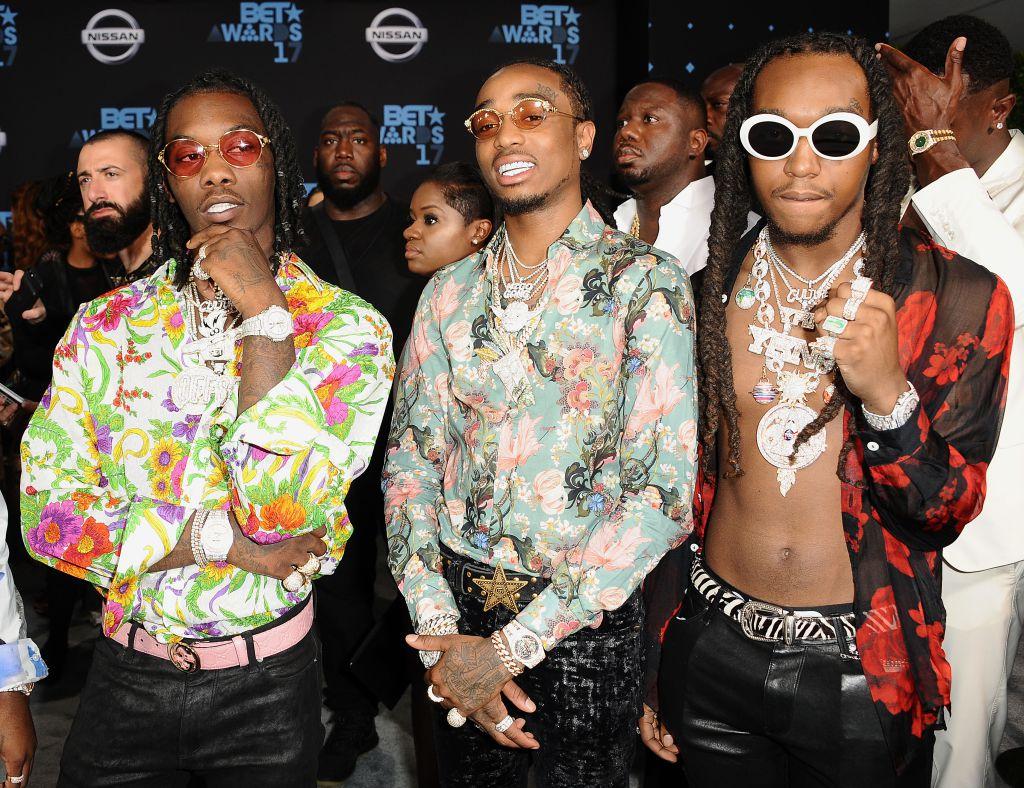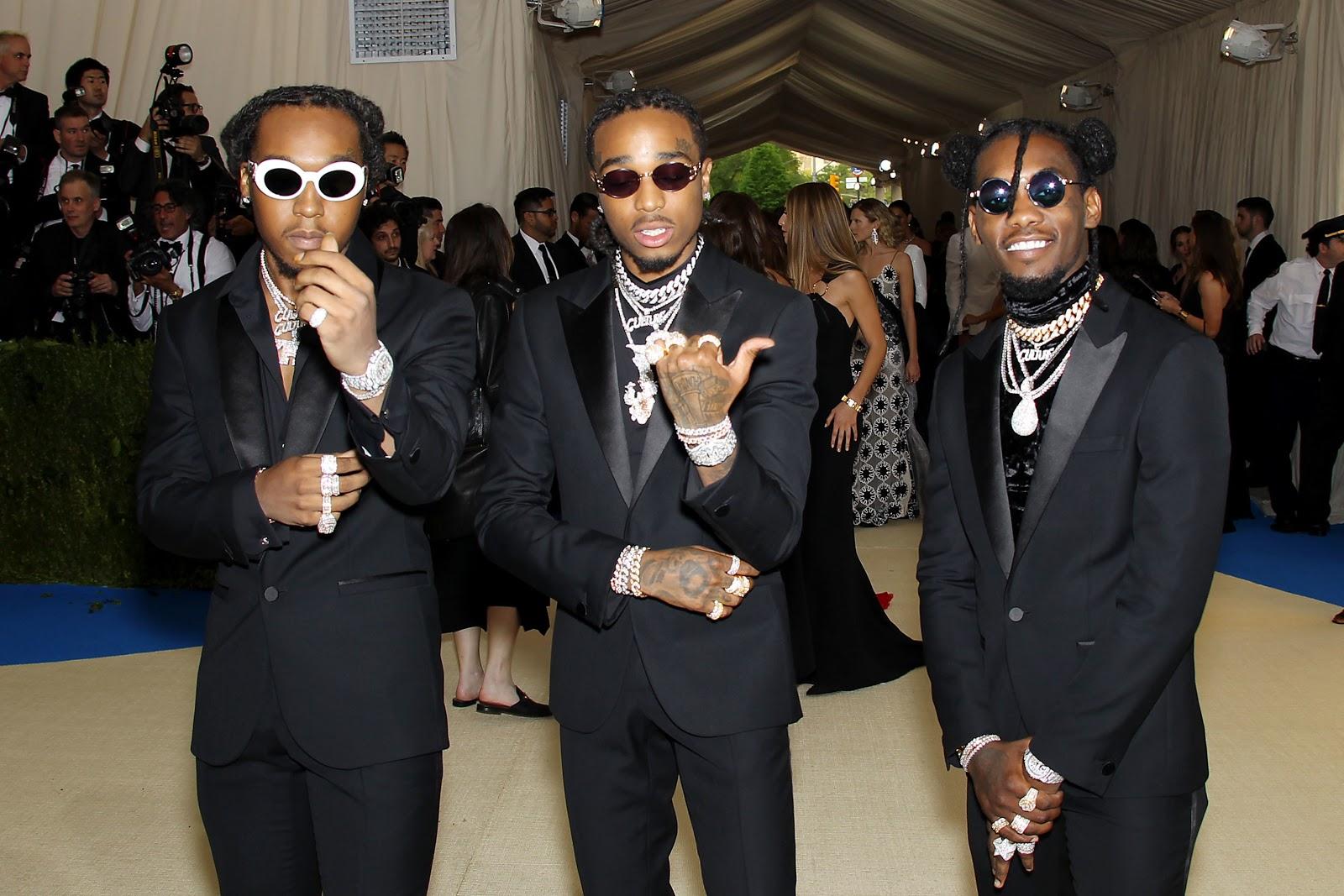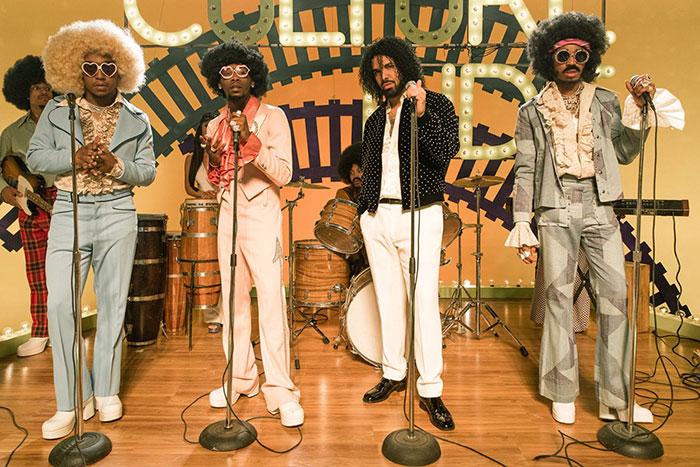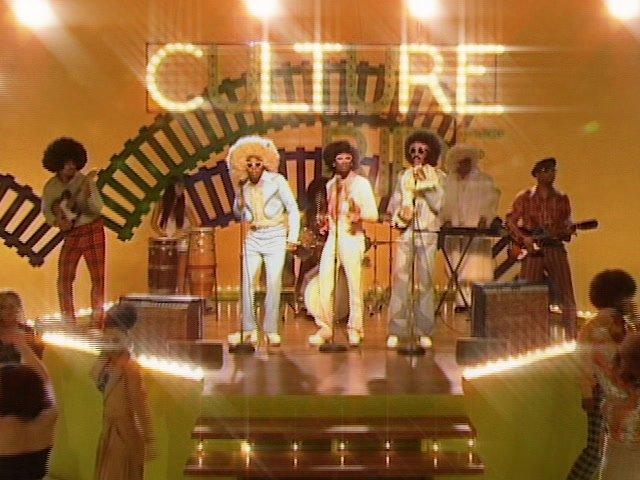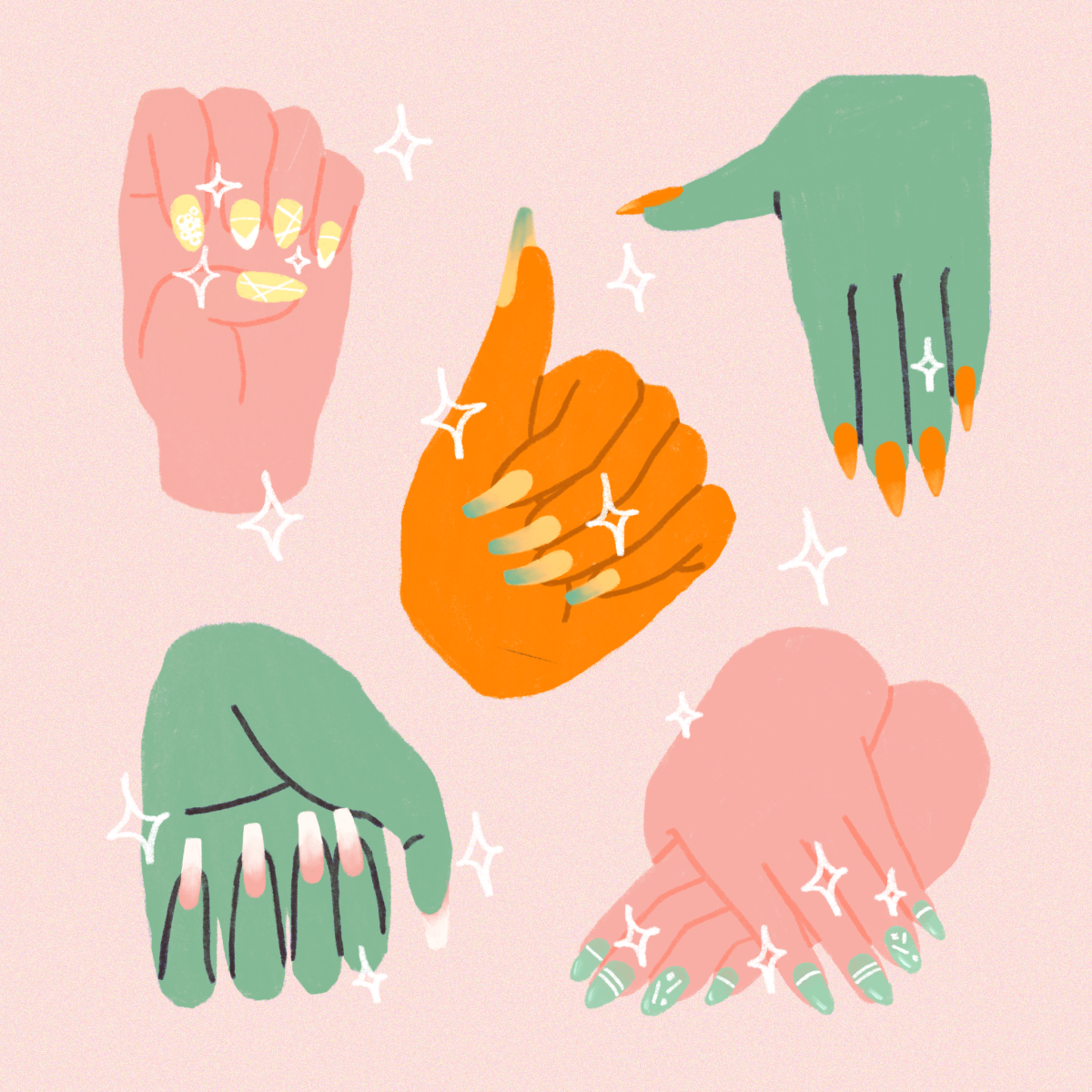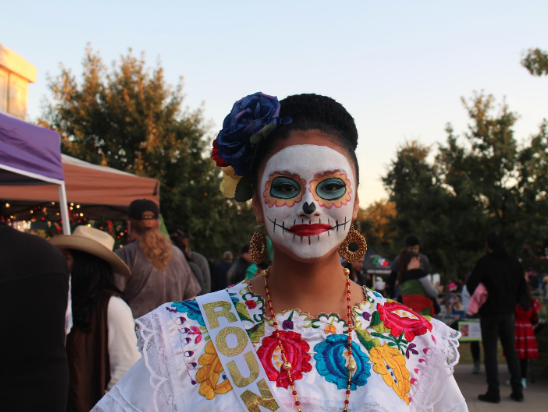In this cultural moment, millennials are unquestionably attracted to ‘70s aesthetics, from the white disco boots plastered on Instagram feeds last winter to the mustard-yellow clothing that is a must-have this spring. Fashion aside, the 1970s decade also greatly influences today’s music, with artists channeling the era’s whimsical, funky sensibilities in their music videos.
Story by Kennedy Williams
Perhaps this year’s most unquestionably ‘70s-influenced music videos are the Kali Uchis’ “After the Storm” and Migos’ “Walk It Talk It.” Although both videos present two distinct visuals, they stem from the same muse: the freedom and eccentricity of the 1970s.
“After the Storm” by Kali Uchis ft. Tyler the Creator
At the top of the year, Columbia-born singer, Uchis, released the video for “After the Storm,” a single from her long-awaited debut album “Intrusion.”
The video opens with a shot of a pastel blue table complete with a retro phone, vase full of daisies and a box of cereal titled, “Bootsy’s Funky Flavor Flakes,” which is a nod to Bootsy Collins, a purveyor of 1970s funk. Collins also contributed to the track with supporting vocals, ad-libs, and bass.
Photo courtesy of Kali Uchis
While writing a grocery list, which includes items like eggs, milk and cheese, Uchis emphasizes her need for a lover by underlining the word. Uchis doesn’t visit any regular grocery store. This one is outfitted with vivid color blocking reminiscent of scenes from ‘70s TV shows.
Perhaps most importantly, Uchis purchases a packet of seeds while shopping that eventually transform into her lover. Back home, Uchis lounges in a powder blue jumpsuit, awaiting her lovers’ growth. While the idea of being able to grow your own lover is odd, it makes sense within the context of the era. In a decade where free love reined and newfound bodily agency was uncovered, it was not a far-fetched idea that a woman could cultivate and grow her own lover.
“Walk It Talk It” by Migos ft. Drake
Last month, Migos released their music video for “Walk It Talk It,” a cut from their latest album “Culture II.”
With a song title and theme that references the idiom “Talk the talk, walk the walk,” the direction of the music video could have gone in several directions. But the group released a video inspired by one of the most important television shows for black culture, Soul Train. A syndicated program that first aired in 1971, Soul Train projected black joy and the vitality and spirit of funk, disco and soul music into living rooms across the nation. The show’s inimitable host, Don Cornelius, introduced performers, led the audience in playing games and ended every show by wishing the viewers “love, peace and soul.”
It is from this cultural legacy of dance and performance that Migos’ video produced. While the title and format of Migos’ imagined show “Culture Ride” is an ode to that of Soul Train, the connections don’t stop there.
Perhaps the most visible connection to the 1970s in the video comes through the clothing. While Migos have their own flamboyant style, which often includes vivid patterns, slim tailoring and layers of necklaces, bracelets and rings, the style of the 1970s was equally as ornate. Items like platform shoes, flared pants and printed silk shirts were customary for everyone.
Although there have been accounts of Migos’ homophobia, by creating a video that references ‘70s music culture and aesthetics, the Migos align themselves with an era in which masculinity was more fluid. As heterosexual black men broke away from masculine gender roles, they flirted with incorporating more feminine sensibilities and androgynous qualities into their personas. This can be seen in the style of groups such as the Jackson 5 and the Temptations. These groups set a musical precedent for Migos in the way that group members synchronized vocally and expressed themselves visually.































